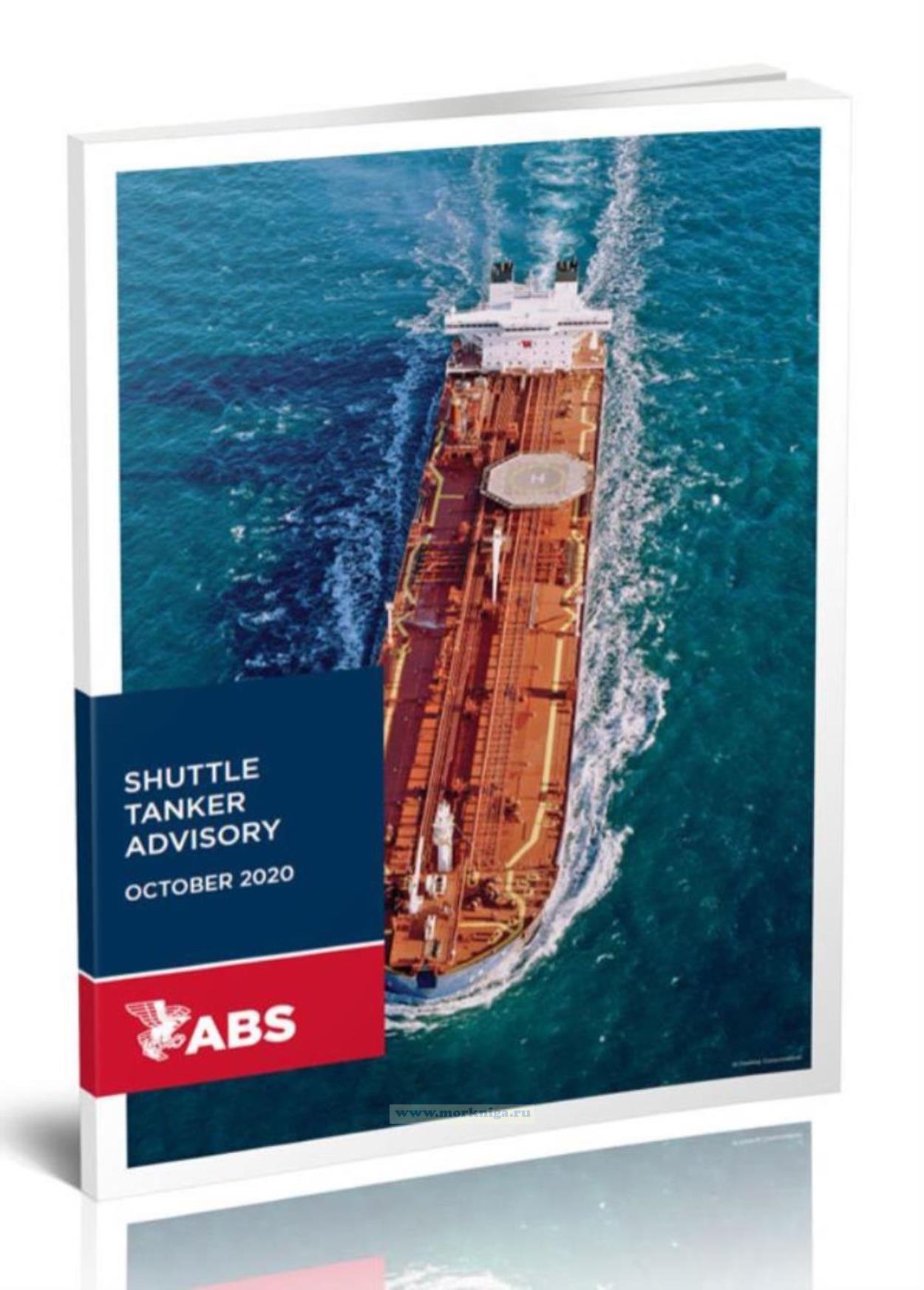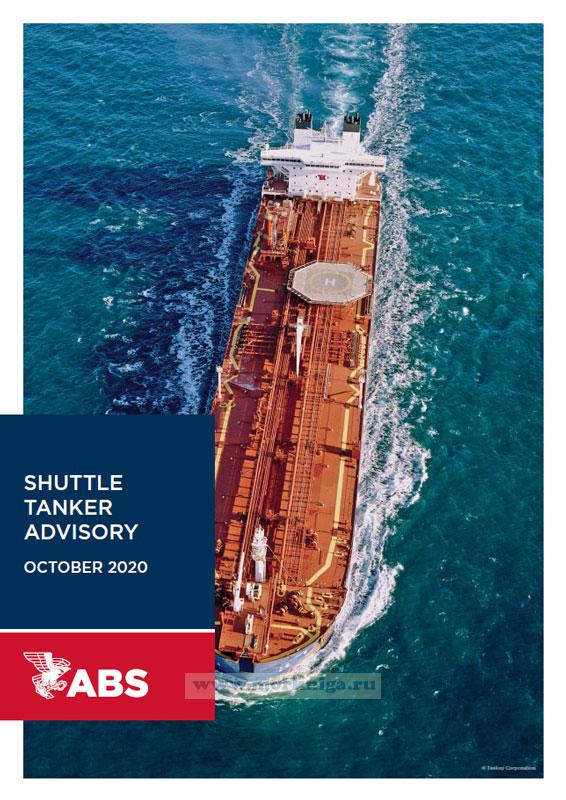Shuttle tanker advisory/Консультативный отчет по челночным танкерам
Издание на английском языке
ABS is the Class leader in the tanker industry with over a quarter of the worldwide existing fleet and orderbook. ABS has extensive global experience in all sizes of tankers. Its safety record and leading Port State Control (PSC) ranking are a testament to ABS’s commitment and focus on its mission.
ABS has a dedicated global workforce, with over 1,200 Surveyors and 500 Engineers positioned in 200 offices in 70 counties worldwide. ABS is looked upon as a trusted service provider not only for classification services but also for leading technology and research geared toward improving vessel performance.
Shuttle tankers are primarily employed in offshore oil and gas fields. As the Class leader in the offshore industry with a significant majority of Mobile Offshore Drilling Units (MODUs) currently under ABS class, our extensive network of experienced Surveyors and Engineers are well-positioned to support client operations. In a continually evolving market, ABS works alongside its partners to tackle the most pressing technical, operational, and regulatory challenges to help the industry operate safely, securely, and responsibly.
This Advisory provides an overview of shuttle tanker design and operation. It discusses regional considerations for shuttle tankers operating in Brazil, the North Sea, and the Gulf of Mexico. It explains how ABS optional notations complement class and statutory requirements to fulfill regional and operational requirements. We also identify requirements that are not covered by our class offerings that may be addressed by newbuild specifications or operational policies. We conclude by discussing new technologies that have already started to impact the shuttle tanker market.
Table of contents
Introduction
Section 1 - Overview of shuttle tanker operations
Section 2 - Regional considerations
Section 3 - Design and operational issues
Section 4 - Typical class notations
Section 5 - Loading/unloading systems
Section 6 - Dynamic positioning and propulsion redundancy
Section 7 - Hull construction and equipment
Section 8 - Other machinery and systems
Section 9 - Safety and human factors
Section 10 - Environment
Section 11 - Additional survey and inspection considerations
Section 12 - New technologies
Appendix A - References

